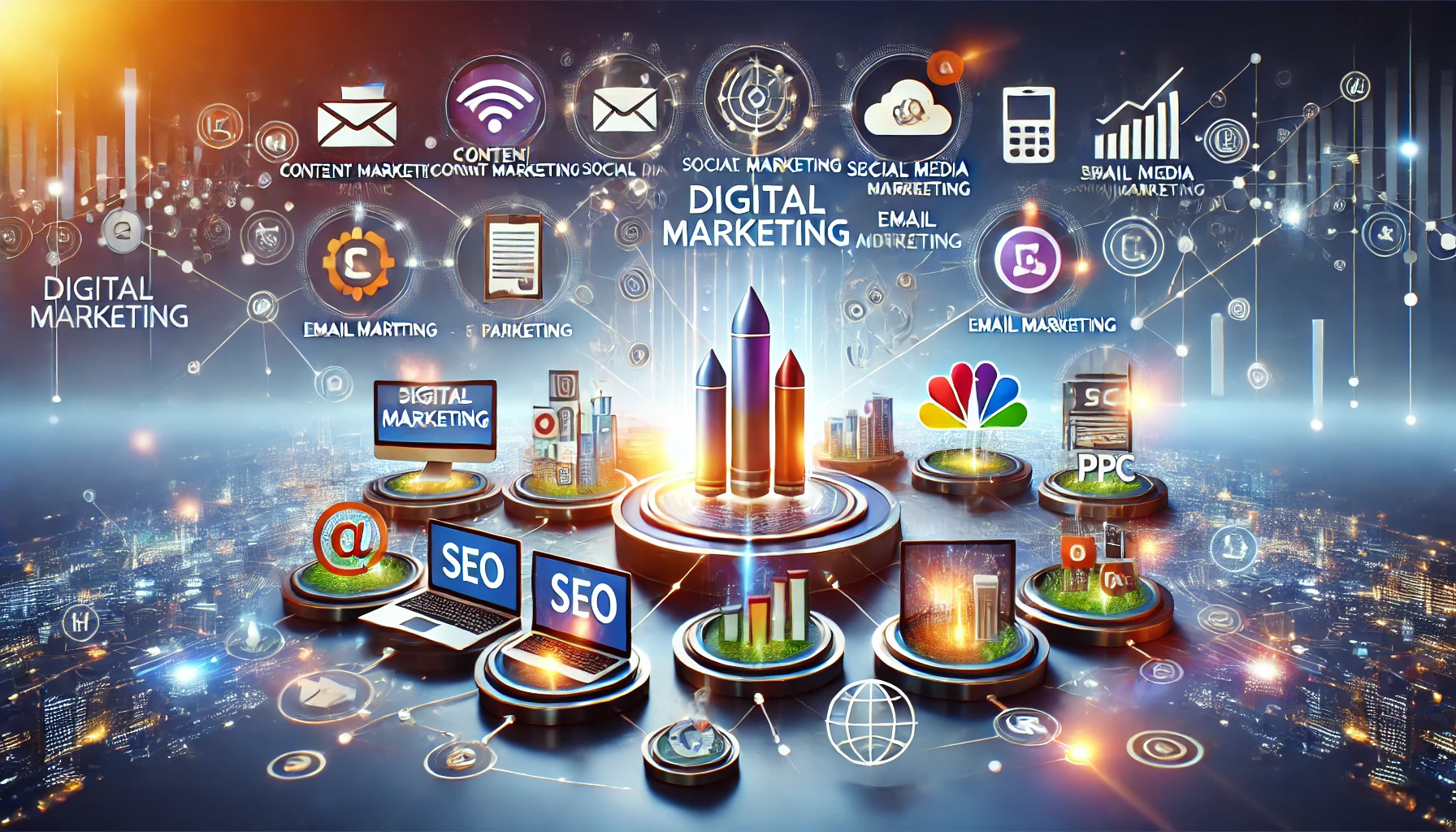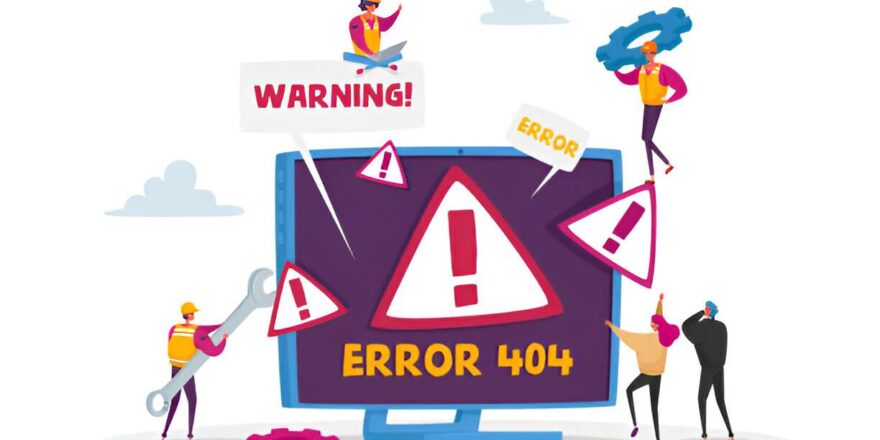Companies in the constantly changing digital arena will do anything to establish a solid online presence. To attain this, it is essential to how many main pillars of digital marketing. These are the pillars (so-called), the foundation of the formulation that should be pursued by businesses in the formation of an entire and successful approach to digital marketing.
The Seven Pillars of Digital Marketing
There are seven major pillars that we have explained that are the core of any productive digital marketing strategy.
1. Search Engine Optimization (SEO)
Your digital foundation. Maximizing content and technical factors to achieve better results on Google, which generates 53 percent organic traffic to all websites. SEO refers to the act of optimizing the visibility of your site by search engines such as Google. It encompasses:
- On-Page SEO: Optimizing individual web pages by using relevant keywords in titles, meta descriptions, headers, and throughout the content.
- Off-Page SEO: Building authority through backlinks, social signals, and influencer marketing.
- Technical SEO: Ensuring your website is structured properly for search engines to crawl and index it effectively.
A proper guest blogging services in India can drive organic traffic and improve user experience.
2. Social Media Marketing
SMM or Social media Social media Facebook, Instagram, Twitter, and LinkedIn, are very effective sources of marketing your business and communicating with your followers. Social media marketing is a good way of connecting with the people and that should be done through choosing the proper platforms, developing interesting materials and also by connecting with the people.
- Why: Users spend 2h28m daily on platforms—ignoring this is brand suicide
- Secret: Algorithm favors native video (TikTok/Reels get 5x more reach than static posts)
- Pro Tip: Respond to DMs within 1 hour to boost conversion rates by 30%
3. Pay-Per-Click (PPC) Advertising
Through PPC advertising, companies have the freedom of placing ads in the search engines and other sites and incurring costs at the advertisement being clicked. This is a very efficient method of getting desired traffic at a very affordable cost as the business on offer only pays when it is actually engaged.
- Why: Delivers instant visibility when SEO needs time
- Secret: Smart bidding algorithms now automate 80% of bid adjustments
- Pro Tip: Layer PPC with SEO—bid on keywords you rank #4-10 for
4. Content Marketing
Content marketing is the process of producing and disseminating useful information to appeal to, arouse interest, and sustain an audience. Although, content may be in the form of blog posts, infographics, videos, podcasts, and case studies. Content marketing can help in building a brand that is attractive as a trusted source of information by considering the needs and interests of your target audience and cultivating leads throughout the customer buying process.
- Why: Generates 3x more leads than outbound marketing at 62% lower cost
- Secret: Top performers use “skyscraper content”—updating old posts beats creating new ones
Pro Tip: Repurpose blog posts into TikTok scripts and LinkedIn carousels
5. Affiliate Marketing
Performance-based marketing is a form of affiliate marketing where companies pay those affiliate members who contribute to traffic or sales being made with their marketing activities. This strategy takes advantage of the scope of affiliates to grow the presence of your brand and conversion.
6. Email Marketing
In email marketing, one sends specific information to a set of audiences through email. It is a stream of messaging to your audience, through which you communicate updates, promotions to your audience and can share personal communication. An efficient email marketing could establish relationships and promote customer loyalty.
- AI-driven send-time optimization boosts open rates 27%.
- Abandoned cart emails with countdown timers convert 65% better.
7. Marketing Automation
The marketing automation is the process of automating the recurrently facilitated marketing processes in regards or concerning emails, social media posts, ad campaigns. With the automation of such processes, business can save time, make things consistent and provide their audience with personalized experiences.
Integrating the Pillars for Success
Once you how many main pillars of digital marketing, you should adhere to effectiveness of each pillar. Each pillar in digital marketing has a specific role to play in it, but their major strength is when they are integrated. An example is that with SEO, you can get traffic to your content and then market the same using social media/email marketing. PPC may help you instantly see what you slowly gain with organic growth in terms of reach and content via SEO and content marketing. Through affiliate marketing, you may reach greater audiences and with marketing automation, everything that you do can be affirmed to be streamlined and efficient.
The Role of Seoxport.com
Other websites such as Seoxport.com can guide companies on how to go about the intricacies of these digital marketing pillars. Such platforms enable businesses to apply effective strategies and potentially accomplish their marketing objectives by setting up particular tools and enabling resources fir each pillar.
Conclusion
Learning and utilizing the seven pillars of digital marketing; these include SEO, social media marketing, PPC advertising, content marketing, affiliate marketing, email marketing and marketing automation helps one to have a sturdy online presence. With the combination of these pillars as a comprehensive framework, companies will be able to realize their potential and achieve success, targeting their audience and reaching them successfully in the realm of the digital world.




